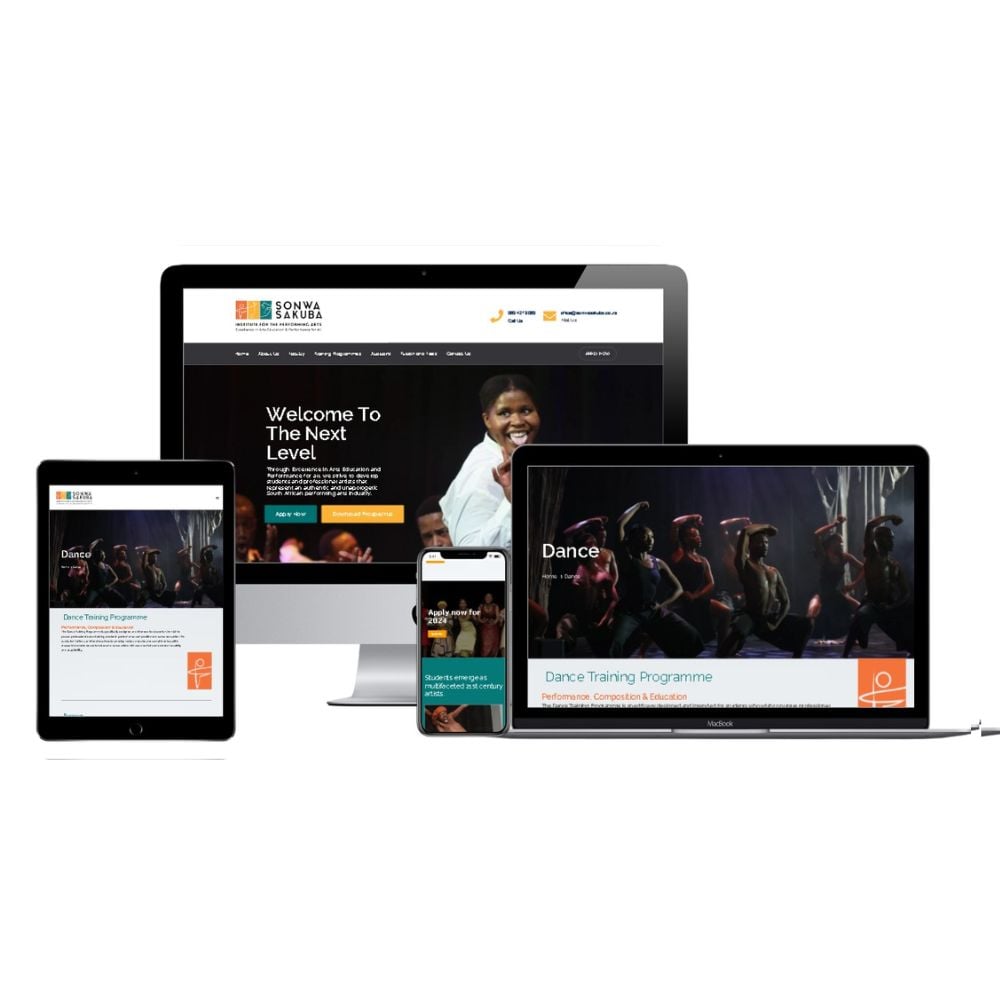End-to-End Website Design Solutions from Planning to Execution
End-to-End Website Design Solutions from Planning to Execution
Blog Article
Top Tips for Developing an Impactful Website Style That Converts
To attain this, one need to think about a range of elements, including recognizing the target audience, focusing on individual experience, and optimizing for mobile systems. The calculated use of compelling call-to-actions and a distinct aesthetic pecking order plays an important role in leading users via their trip.

Understand Your Target Market
Understanding your target audience is essential to efficient site layout, as it prepares for creating an appealing customer experience. Recognizing who your customers are, including their demographics, choices, and habits, enables developers to tailor the internet site's material, layout, and performance to meet certain needs.
Performing complete market research is crucial in this procedure. Surveys, meetings, and analytics can provide useful understandings right into user expectations and pain factors. By assembling this data, developers can create individual personas that stand for various segments of the target market, guaranteeing that style choices are informed and pertinent.
Furthermore, comprehending the target market helps in picking proper design aspects such as color design, typography, and images that resonate with individuals. A site that talks directly to its audience cultivates a feeling of connection and trust fund, encouraging longer sees and greater conversion rates.
Inevitably, a user-centered technique to web site layout not just boosts individual fulfillment however likewise supports company objectives by driving involvement and loyalty. By prioritizing the requirements and choices of the target market, an internet site can effectively serve its purpose and achieve desired outcomes.
Prioritize Individual Experience
To improve the general efficiency of a web site, focusing on individual experience (UX) is necessary (Website Design). A properly designed UX makes certain that site visitors can navigate the website easily, locate details promptly, and involve with material meaningfully. This causes boosted customer contentment and greater conversion rates
Begin by implementing user-friendly navigating. Menus must be practically structured, permitting individuals to find essential areas of the website with marginal effort. Consistency in layout components, such as shade schemes and font styles, fosters familiarity, which is crucial for keeping individual interaction.
Additionally, take into consideration the packing speed of your website. A hold-up of simply a few secs can cause significant drop-offs, as customers are much less likely to await a slow-loading web page. Improving photos and enhancing code can improve efficiency and maintain visitors.
By focusing on customer experience, you not only develop a much more delightful environment for site visitors but additionally reinforce your brand's reliability. Inevitably, a focus on UX is an investment in the long-lasting success of your web site.
Enhance for Mobile Instruments
Maximizing for mobile phones is essential in today's digital landscape, where a boosting number of individuals gain access to web sites via smart devices and tablet computers. A mobile-friendly layout not just boosts customer experience but also plays a significant role in improving online search engine rankings. To accomplish this, it is necessary to take on a receptive layout that instantly readjusts to numerous screen dimensions and alignments.

Loading speed is an additional important element; mobile users are commonly less person and anticipate quick access to info. By focusing on mobile optimization, Learn More you guarantee that your website stays competitive and properly involves a wider target market.
Usage Compelling Call-to-Actions
A website's effectiveness usually depends upon its ability to assist site visitors toward desired actions, making compelling call-to-actions (CTAs) vital parts of design. CTAs act as the pivotal factors that direct customers to engage with the website, whether that means buying, enrolling in a newsletter, or downloading and install a resource.
To create reliable CTAs, clarity is paramount. Use succinct language that clearly communicates the action you desire the user to take. Phrases such as "Start," "Sign Up Free," or "Store Now" not only communicate seriousness however also eliminate uncertainty. The placement of CTAs is equally vital; they need to be strategically positioned throughout the webpage to guarantee they are easily noticeable, particularly in high-traffic locations.
In addition, the style of CTAs need to stick out without being noticeable. Utilize contrasting colors and clear font styles to ensure they capture interest. Furthermore, take into consideration click reference utilizing directional hints, such as arrows or images, to lead customers towards these switches. By concentrating on these components, services can considerably boost individual involvement, driving conversions and inevitably achieving their website's objectives.
Concentrate On Visual Power Structure
Reliable web site design relies heavily on a well-structured visual pecking order that overviews individuals via web content effortlessly. By arranging aspects in a manner that prioritizes details, designers can boost user experience and assist in decision-making. This involves utilizing size, shade, contrast, and spacing strategically to accentuate the most crucial parts of a website.
Making use of larger font styles for headings and subheadings develops a clear distinction in between different sections, allowing customers to scan content effortlessly. In addition, employing different shades for buttons and calls-to-action can catch user focus and urge interaction. Whitespace is one more necessary part; it protects against clutter and enables users to concentrate on vital messages without disturbances.
Images and graphics need to complement the text while also adhering to the well-known power structure, enhancing the general message (Website Design). Consistency in layout components, such as color design and typography, more enhances the aesthetic pecking order, making navigation intuitive

Conclusion
To conclude, effective internet site layout demands a thorough understanding of the target audience, prioritization of user experience, and mobile optimization. The critical use of compelling call-to-actions and a well-defined visual power structure even more boosts individual engagement. By applying these principles, internet sites can accomplish higher conversion rates, making sure that layout aspects not only attract visitors but likewise help with smooth navigation and communication. Eventually, a well-executed site layout functions as an important part in driving user activities and try this out attaining organization goals.
Report this page